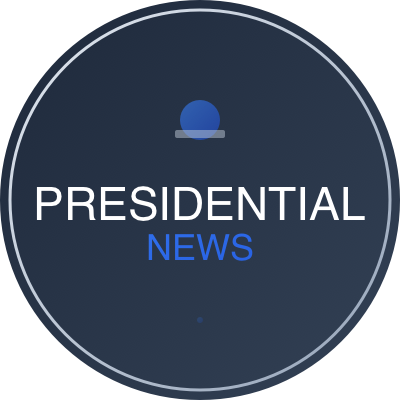NextFin news, On November 2025, President Donald Trump revealed that he is actively considering an "alternative plan" should the U.S. Supreme Court rule against his administration's authority to impose tariffs without explicit Congressional approval. This statement came amidst escalating legal scrutiny over the scope of executive power concerning tariffs, a central pillar of Trump's economic agenda since his inauguration in January 2025.
The latest developments stem from the Supreme Court's current review of challenges to the administration's expansive use of tariffs, particularly those enacted under the guise of broad executive authority claimed by the Trump administration. The Court is expected to issue its decision shortly, potentially limiting or revoking the president’s unilateral tariff-setting capabilities. According to a recent video report by Yahoo News, Trump publicly acknowledged the possibility of a judicial setback but emphasized his willingness to deploy alternative mechanisms to sustain protective trade policies.
This scenario unfolded in Washington, D.C., where the highest court has been deliberating on cases questioning the constitutional bounds between the executive branch and Congress regarding tariff imposition powers. The controversy highlights the ongoing tension over separation of powers and checks and balances inherent in U.S. governance.
Trump's consideration of an "alternative plan" reportedly involves pursuing legislative collaborations or executive orders tailored to circumvent judicial restrictions, ensuring continuity in his administration's protectionist trade stance. The underlying motivation is to maintain American economic competitiveness, safeguard domestic industries, and address trade imbalances — objectives that have defined much of Trump's policy since taking office in early 2025.
Analyzing this situation reveals multifaceted causes rooted in both legal interpretation and political strategy. The Trump administration's aggressive tariff program has faced fierce resistance from trading partners, industry stakeholders, and constitutional law experts who argue that tariff authority lies predominantly with Congress under the Trade Expansion Act and the Constitution's Commerce Clause. The Supreme Court's review is a critical juncture testing the limits of executive intervention in economic policymaking.
The potential impacts of the Court's decision—and Trump's subsequent alternative measures—are profound. A judicial curtailment of tariff authority could signal a rebalancing toward Congressional supremacy in trade policy, reducing unilateral executive action and fostering a more collaborative legislative-executive process. Conversely, if Trump successfully initiates alternative mechanisms, it may set precedents for expanded executive agility, albeit amid legal ambiguity and likely congressional-political friction.
Empirical data from the Trump administration’s tariff impositions in early 2025 show significant market volatility and sectoral disruptions, especially in manufacturing and agriculture. For example, tariffs targeting imports from key economic rivals resulted in measurable short-term price hikes in raw materials and affected supply chains. Should alternative strategies circumvent judicial constraints via legislative endorsement or evolving executive rules, firms and markets could face continued uncertainty around trade costs and regulatory frameworks.
In a broader geopolitical context, this unfolding judicial-executive dynamic influences U.S. trade negotiations and alliances. Trading partners increasingly monitor Washington’s capacity to wield tariffs as leverage and may adjust their diplomatic and economic strategies accordingly. The potential for precedent-setting court decisions could also embolden other nations’ judiciary bodies to challenge executive trade powers, shaping international trade law developments.
Looking ahead, if the Supreme Court denies Trump’s tariff authority, the administration’s alternative plan might involve enhanced Congressional engagement to codify tariffs through statutory means or innovative use of delegated executive authorities in partnership with the legislative branch. This could lead to a more transparent, though potentially slower, tariff policymaking process. Alternatively, pushing forward with executive orders or administrative maneuvering might provoke intensified legal battles, prolonging market uncertainty.
Ultimately, this episode illustrates the critical interplay of law, politics, and economics shaping U.S. trade and industrial policies in the mid-2020s. For policymakers and stakeholders, the outcome will dictate the balance of power in trade governance and define the operational limits of executive leadership in an increasingly complex global economic environment.
According to Yahoo News, Trump’s readiness to adapt underscores an administration intent on preserving its trade policy agenda, demonstrating political resilience amid judicial checks. Observers should closely monitor forthcoming legislative negotiations and Supreme Court rulings, as these will calibrate the landscape for U.S. trade strategy and executive authority moving forward.
Explore more exclusive insights at nextfin.ai.

